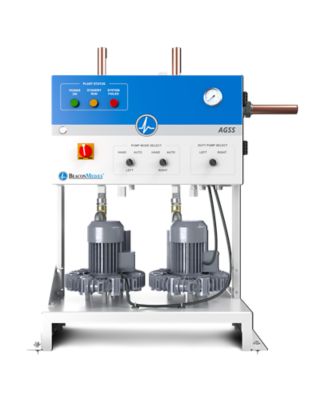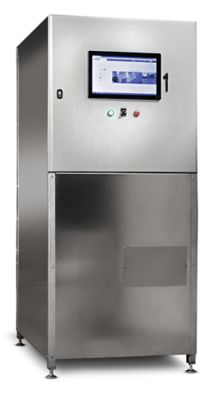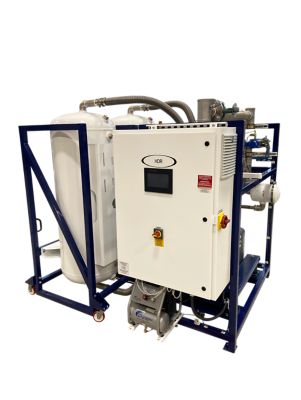From Surgery to Sustainability: The Role of Anesthetic Gases
September 4, 2024
Anesthetic gases are essential tools that enable surgeons and medical practitioners to perform complex procedures with minimal pain and discomfort for the patient. To keep patients asleep and pain-free during surgery, these gases are mostly utilized to create and sustain general anesthesia. With this article, we dive into what anesthetic gases are, how they are used in healthcare facilities, and their potential environmental effects.
What are anesthetic gases?
Anesthetic gases are volatile substances that, when inhaled, produce a state of controlled unconsciousness. They work by depressing the central nervous system, effectively blocking pain signals and sensory perception. The most commonly used anesthetic gases include:
Nitrous Oxide (N₂O)
Is frequently used for its analgesic properties due to its quick onset and rapid drop-off after use. It is also used as a carrier gas when used in general anesthesia like sevoflurane.
Halothane
Once a mainstay in anesthesia, halothane has now been forbidden in most advanced healthcare systems due to its potential side effects, including liver toxicity and cardiac arrhythmia which can be fatal.
Isoflurane
Known for its stability and relatively minimal side effects, it is widely used in various surgical procedures.
Sevoflurane
Preferred for its rapid induction and pleasant smell, making it suitable for pediatric anesthesia.
Desflurane
Notable for its fast onset and recovery times, ideal for outpatient surgeries where quick recovery is beneficial. However, it has been discontinued in most advanced healthcare systems because it is 6,400 times more harmful than CO2 and has an atmospheric lifespan of approximately 10 years.
The role and use of anesthetic gas within healthcare
Anesthetic gas for surgery is essential, but they play a critical role in various medical settings beyond operating rooms. Their ability to provide pain relief, sedation, and anesthesia makes them valuable tools across a wide range of medical disciplines.
Except in operating rooms where flurane gases like Isoflurane, Sevoflurane, and Desflurane are used, Nitrous Oxide (in a 50% N₂O and 50% Oxygen premix) is commonly used in dental offices for sedation and pain relief during procedures. It is also widely used in other disciplines such as maternity wards, intensive care for burns, endoscopy, pediatrics, emergency rooms, and ambulances, as N₂O provides quick pain relief during short, painful procedures.

Environmental impact of anesthetic gases
While essential in modern medicine, anesthetic gases do contribute to environmental issues. Certain gases, such as nitrous oxide and desflurane, are potent greenhouse gases. For instance:
Nitrous Oxide (N₂O) has a global warming potential (GWP) of 298, meaning it is 298 times more effective at trapping heat in the atmosphere than carbon dioxide and as a secondary effect, it’s also an ozone depleting gas.
To mitigate these effects, healthcare facilities are adopting strategies such as scavenging systems. We offer the Halogenated Drug Recovery System that, together with the Anesthetic Gas Scavenging System (AGSS) or Waste Anesthesia Gas Disposal (WAGD), processes 99% of the captured anesthetic gases before released into the atmosphere.
Towards a sustainable future
To perform safe and efficient surgeries and guarantee that patients are pain-free and unconscious during the process, anesthetic gases are essential. To protect healthcare personnel and reduce environmental effects, their use must be carefully managed. Healthcare facilities can address the environmental issues related to anesthetic gases while also maintaining high-quality care by implementing cutting-edge technologies, enhancing procedures, and increasing awareness. We are at the forefront of this market and one of the leading suppliers globally who can capture and process volatile gases in operating theatres and N₂O throughout the healthcare systems.



